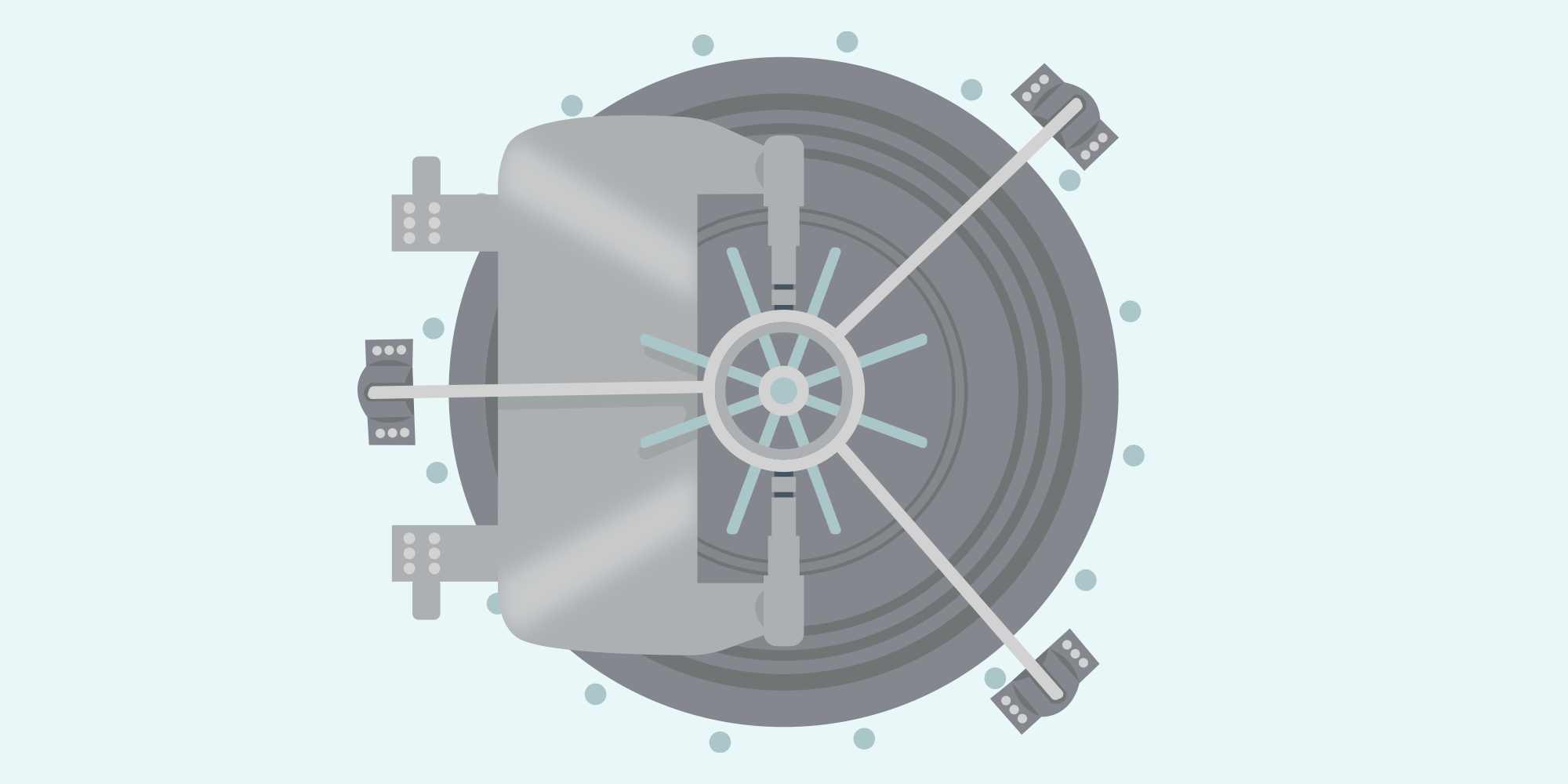Risk tolerance is the willingness to take on risk, or how much risk an investor believes they can handle, based on the biggest loss they’d be comfortable sustaining on their investments.
Anyone who has invested money likely had to first complete a questionnaire intended to gauge their risk tolerance, but why is risk tolerance important?
Risk vs reward
Investing will always involve some degree of risk — unless you opt for cash or GICs — since any other type of investment could lose some, or even all, of its value.
A key investing parameter is that risk is proportional to reward, with riskier investments offering the potential for greater returns, while less risky ones will typically return less.
Investors accept more risk in exchange for the chance to earn better returns, but this also increases the probability they will lose money.
Volatility vs risk
The terms risk and volatility are often used interchangeably, and while interlinked, they are different.
Volatility is a measure of price variability since investment prices do fluctuate. It’s an indication of how quickly the price of an asset changes, how often it changes, and by how much it changes.
Risk is the possibility that an investment will not generate its anticipated or target return and might lose some, or even all, of its value. In other words, investment risk denotes the potential for an asset to decline in value.
Volatility is unavoidable for the simple fact that asset prices are rarely static, and price moves can vary quite widely.
Questionable questionnaires
One of the main criticisms of a risk tolerance questionnaire is that they help foster the confusion between risk and volatility, by focusing on an investor’s reaction to short-term losses. Remember, volatility is unavoidable, so the focus should be on mitigating risk.
Understanding the difference between risk and volatility enables investors to focus on what matters. They shouldn’t make the mistake of fretting over volatility as this could seriously hinder their ability to stay the course and meet their financial goals.
What influences investor risk tolerance?
- Time horizon – more time until the money is needed generally equates to more ability to tolerate risk.
- Age – younger investors usually have a greater ability to assume risk.
- Accumulated wealth – investors with large portfolios are typically able to tolerate more risk.
- Goals and objectives – these vary by investor and must be factored into investment plans.
- Comfort with risk – investors have different levels of comfort with risk that can override other considerations.
Ability vs capacity
There’s an important distinction between the ability or capacity to tolerate risk and one’s appetite for risk. The first is situational while the latter is innate. Some investors have a high ability to tolerate risk, but a low appetite for risk while others may not have much capacity for risk, but have a high appetite for risk.
Investors have to be risk aware and invest according to their own risk tolerance. Failure to do so could lead to knee-jerk reactions during challenging market conditions and losing trades when actual comfort levels are exceeded.
Unfortunately, most investors are poor judges of their own risk tolerance, feeling particularly risk-resilient when the market is sailing along, but becoming much more risk averse after periods of heightened volatility and sustained losses.
Everyone thinks they can handle risk – until it affects them directly.
What could change your risk tolerance?
- A change in your financial situation, such as job loss or inheritance.
- Fundamental shift in your level of comfort with risk.
- Achieving your investment objectives.
- A change in the time horizon for needing the invested funds.
- Major life events, like having a baby or taking in elderly parents or a health scare.
What should not affect your risk tolerance?
- How the markets are doing or are forecast to behave.
- What anyone else is doing.
- Financial market noise masquerading as “news.”
Focus on what can be managed
The investor who understands the inevitability of volatility and how it works is better able to stay disciplined whenever it ramps up. The investor who doesn’t may end up making unfortunate decisions, like panic selling during a market correction and effectively locking in those losses.
Risk tolerance is the willingness to take risk, but individuals have varying situations, objectives and concerns. Proper risk management for individual investors must bear this in mind, and consider risk capacity or the ability to take on risk. Long-term investors must have a financial plan that matches their risk profile, because that will increase the likelihood they can stick to their plan and meet their financial goals.





